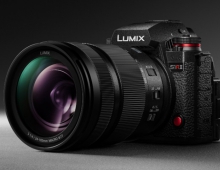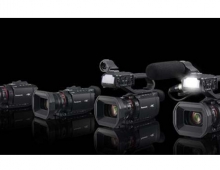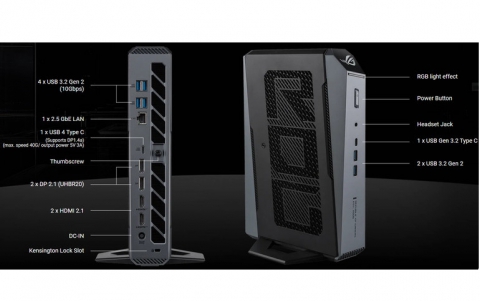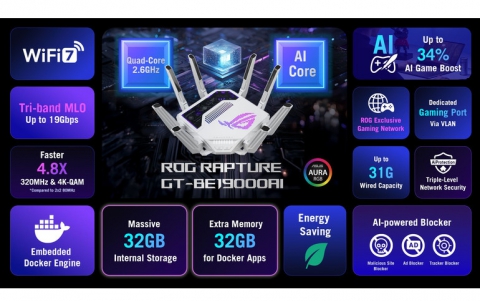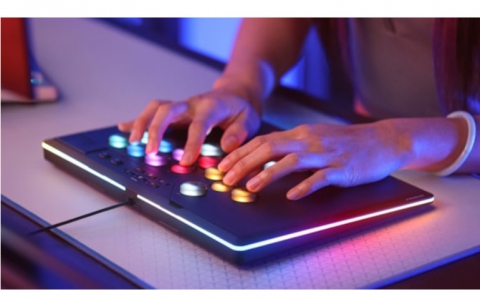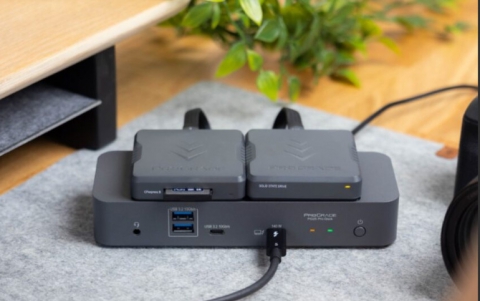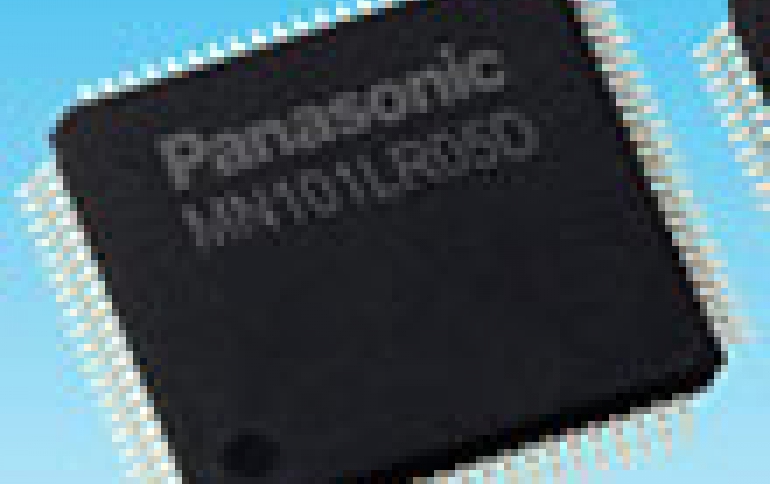
Panasonic Starts Mass Production of ReRAM Mounted Microcomputers
Panasonic will start the firstmass-production of microcomputers with mounted
ReRAM, a type of non-volatile memory, in August 2013.
ReRAM (Resistive Random Access Memory) is a type of non-volatile memory which
records "0" and "1" digital information by generating large resistance changes
with a pulsed voltage applied to a thin-film metal oxide. The simple structure
of the metal oxide sandwiched by electrodes makes the manufacturing process
easier
Through utilizing microcomputers with mounted ReRAM, it will be possible to achieve high-speed rewriting and longer operational times in battery-powered equipment, such as portable devices and security devices etc., reducing the amount of maintenance required. The first of these mass-produced products is the low power consumption 8-bit microcomputer, MN101LR series.
Panasonic has introduced a microcomputer series with mounted ReRAM, featuring low power consumption and high-speed rewriting. The first part of the new series comes in 16 models which feature a wide variety of peripheral functions, such as built-in LCD display control, 12-bit AD converter, clock function, etc. Panasonic plans to expand the field of applications of ReRAM microcomputers to other applications, including non-contact IC cards such as electronic passports, wearable equipment connected to the cloud, and energy harvesting related products.
The use of the newly developed 0.18 µm ReRAM in microcomputers and low power-consumption processes contributes to longer operational times. The high- speed by byte rewriting can reduce the amount of EEPROM previously required as part of an external attachment, thereby reducing the system cost.
The new ReRAM is based on the rewriting principle of a redox reaction of a metal oxide, in which high-speed rewriting and high reliability can be achieved, making it ideal for industrial applications. The product will be suitable for applications in portable healthcare products, such as blood-pressure meters and physical activity meters, security equipment, such as fire alarms, eco-management sensing equipment, and non-contact IC cards, such as electronic passports, etc.
Through utilizing microcomputers with mounted ReRAM, it will be possible to achieve high-speed rewriting and longer operational times in battery-powered equipment, such as portable devices and security devices etc., reducing the amount of maintenance required. The first of these mass-produced products is the low power consumption 8-bit microcomputer, MN101LR series.
Panasonic has introduced a microcomputer series with mounted ReRAM, featuring low power consumption and high-speed rewriting. The first part of the new series comes in 16 models which feature a wide variety of peripheral functions, such as built-in LCD display control, 12-bit AD converter, clock function, etc. Panasonic plans to expand the field of applications of ReRAM microcomputers to other applications, including non-contact IC cards such as electronic passports, wearable equipment connected to the cloud, and energy harvesting related products.
The use of the newly developed 0.18 µm ReRAM in microcomputers and low power-consumption processes contributes to longer operational times. The high- speed by byte rewriting can reduce the amount of EEPROM previously required as part of an external attachment, thereby reducing the system cost.
The new ReRAM is based on the rewriting principle of a redox reaction of a metal oxide, in which high-speed rewriting and high reliability can be achieved, making it ideal for industrial applications. The product will be suitable for applications in portable healthcare products, such as blood-pressure meters and physical activity meters, security equipment, such as fire alarms, eco-management sensing equipment, and non-contact IC cards, such as electronic passports, etc.







